INTERVIEW – The director duo talks about the making of the film, the rotoscope technique and the effect of animation.
We conducted an interview with Tibor Bánóczki and Sarolta Szabó, the director duo of the Hungarian animated film, White Plastic Sky. The film takes place in a dark future where a man fights for his wife’s life. In the interview, the directors talk about the film’s inspirations, the techniques used and the various artistic influences.
theGeek: This movie was very shocking and interesting. By the way, on theGeek website, we deal a lot with video games, and a few games came to mind while watching this movie. The first, for example, is the adventure game Sanitarium, where the main villain turned from a human into a plant, the other is The Last of Us, or Death Stranding. Also, a movie came to mind, Scanner Darkly. To what extent were they an inspiration for the film?
Tibor Bánóczki: The games themselves were not an inspiration, because we don’t play games, we don’t really know and follow this world. If you think of metamorphosis, the human-plant hybrid, these are all of mythological origin, Ovid’s Metamorphoses, the story of Philemon and Baucis, and we could go on and on. So this kind of hybrid motif is very ancient, we have a lot of literary and visual art references for it. We have film antecedents, such as Green Soy, Logan’s Run, or other science fiction works also made in the 70s.
Sarolta Szabó: Certain elements show similarities, for example with The Last of Us, which we only recently got to know through the series, and then we also looked at what the game itself looks like. We searched for it directly because we were curious about its visuals, how this game differs from the TV series.
Tibor Bánóczki: We were much more interested in the philosophy of the film. We don’t have horror killing machines, the very change into a tree raises more poetic and philosophical questions than mere survival or saving the world. Obviously, if you set your mind to making a genre film like post-apocalyptic sci-fi, there will always be resonances with previous works.
Sarolta Szabó: We chose the rotoscoping technique because we needed an animation technique that we could implement within the tight circumstances given by the budget, and that we could also show our characters at the right emotional level. It was very important to properly present this partnership, this journey in this special world. Our heroes encounter different lives and different answers to how to survive in this world and stay normal or fight to change this system. We thought we needed actors for all of this, so that we could create these scenes in such a way that the viewers could identify with the characters as best as possible, and it would have been very difficult to do this with a more reduced style, more classic animation.
Tibor Bánóczki: The rotoscope itself, as an animation technology, means that it always uses and redraws the raw material of live actors. Everyone probably thinks of Scanner Darkly first when they hear this word, which is the most famous rotoscope film. But even earlier, in 1978, there was a Lord of the Rings adaptation directed by Ralph Bakshi – not all parts were rotoscoped, but instead combined redrawn and classically animated elements.
By the way, the method of redrawing can be very diverse. We drew everything by hand on a digital board. As for Scanner Darkly, I think it’s very different from what we used. There is some kind of software help, but I wouldn’t swear to it. By the way, a series called Undone is currently running on Amazon, it also uses rotoscope technology, and in addition to these, you can find a lot of works using rotoscope technology.
theGeek: Anyway, how much of an inspiration was Scanner Darkly itself?
Tibor Bánóczki: I saw Scanner Darkly a long time ago. By the way, Richard Linklater’s new film, Apollo 10 1/2, for example, touched us much more. But if we look at the inspirations, we also drew from Dante and the Divine Comedy, because for example the 13th dungeon of hell, the quasi, looks like these islands in our place called the Colony.
Szabó Sarolta: As for the use of 3D, when the Slovak side joined us and we managed to get more support, it soon became clear that we could realize the environment in 3D. As a result, we were able to use the camera much more creatively, we had more options, and there were many more variation options in how to bring the drawn characters together with the 3D environment.
Of course, we also knew that this decision to use 3D backgrounds would somehow bring the world of games into the film, and we expected that this would be a risky venture, because people react to this sight in many different ways, just like the rotoscope, – especially mixing 2D characters with 3D backgrounds. These were all decisions that we were already aware of when developing the film, and we suspected that the final viewing of the film could provoke very contrasting reactions.
theGeek: In Hungary, were you a little afraid of the final result?
Sarolta Szabó: We were not afraid to keep it, because we tried to mix the different elements of the visual in such a way as to get the most spectacular result possible. However, we also knew that viewers have different tastes, some people like it, but the opposite can also happen.
Tibor Bánóczki: Filmmaking – like all works – is a risk in itself. Genre films, dystopias, sci-fi, rotoscoping are all risks. We are not making an arthouse animation that appeals to a narrow audience, but we have entered a strong-sounding subculture, where imaginary slaps are easily handed out and weak points or crosstalks are easily found. Our philosophy, on the other hand, was to focus on the basics, philosophy and questions of the film, and the most important thing was whether we could present something new, a more provocative story to the audience.
-BadSector-


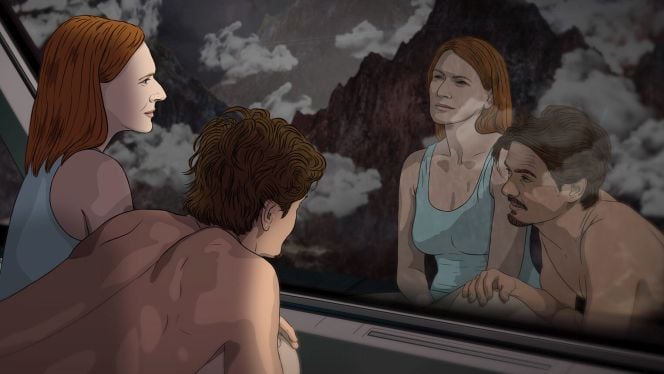

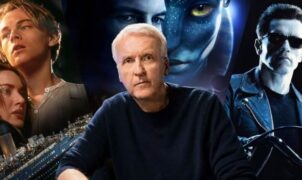




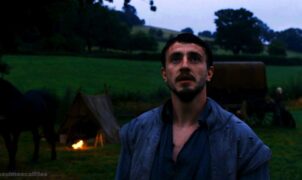

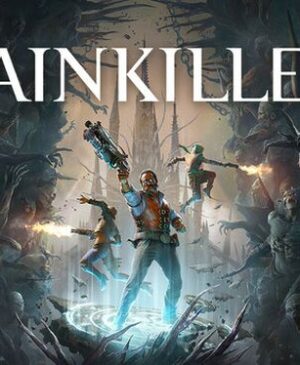
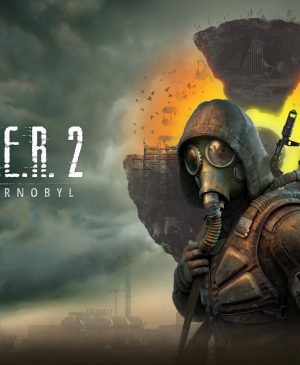
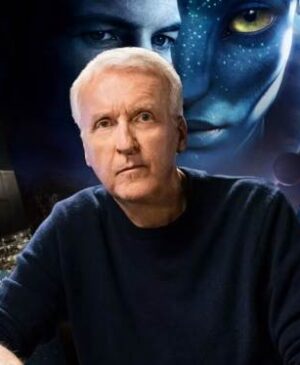
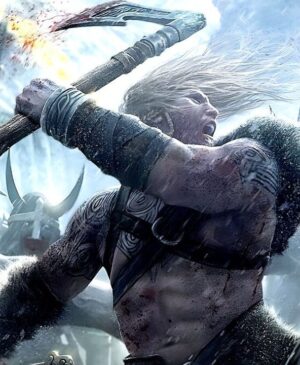
Leave a Reply